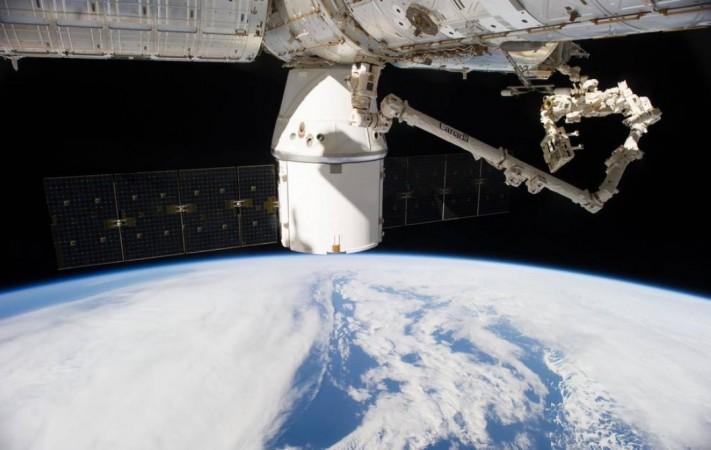
A SpaceX Dragon capsule will bring back more than 900 kg of NASA material from the International Space Station (ISS) this weekend. It will splash down in the Pacific Ocean off the Californian coast on May 5. Contents of the Dragon will be data as well as numerous experiments that astronauts aboard the lab in the sky performed over the last year or so.
After capturing the capsule, it will be carried by ship to Long Beach where NASA will immediately take charge of the cargo, reports the space agency. After NASA has recovered everything that it needs from the Dragon, they will send the empty capsule back to the SpaceX facility in Texas.
What is the Dragon bringing from space?
Of the many samples and data that scientists are sending down, three are of particular interest to NASA. First are the samples from a "Metabolic Tracking" study. It is an ongoing look into the effects of microgravity on the "metabolic impact of five different therapeutic compounds" says NASA. The idea is to produce therapeutic compounds, or pharmaceutical drugs that are best suited for space travelers. Scientists are doing this by testing the metabolic impacts of drug compounds which could lead to the development of less expensive and more effective drugs in future.
The Apex-06 is studying gene expression profiles of a Brachypodium distachyon plant. Also known as the purple false brome or stiff brome, it is a type of grass that is directly related to major grain species like barley maize, wheat, rye, and millet. The study is being done to better understand developmental mechanisms of these food plants and how they can be adapted to spaceflight.
One more experiment that is coming down from the ISS is the Fruit Fly Lab. This is the third Fruit Fly experiment that was done in space, notes NASA. The fly was chosen to research the effects of space and microgravity on innate immunity– immune system feature responsible for quick, non-specific responses to infection. The fly chosen- Drosophila melanogaster shares about 75 percent human disease genes, so it is an appropriate subject for this kind of study. Using the information gleaned from the flies, NASA can better equip future space explorers to deal with potential infections during long space missions.

















